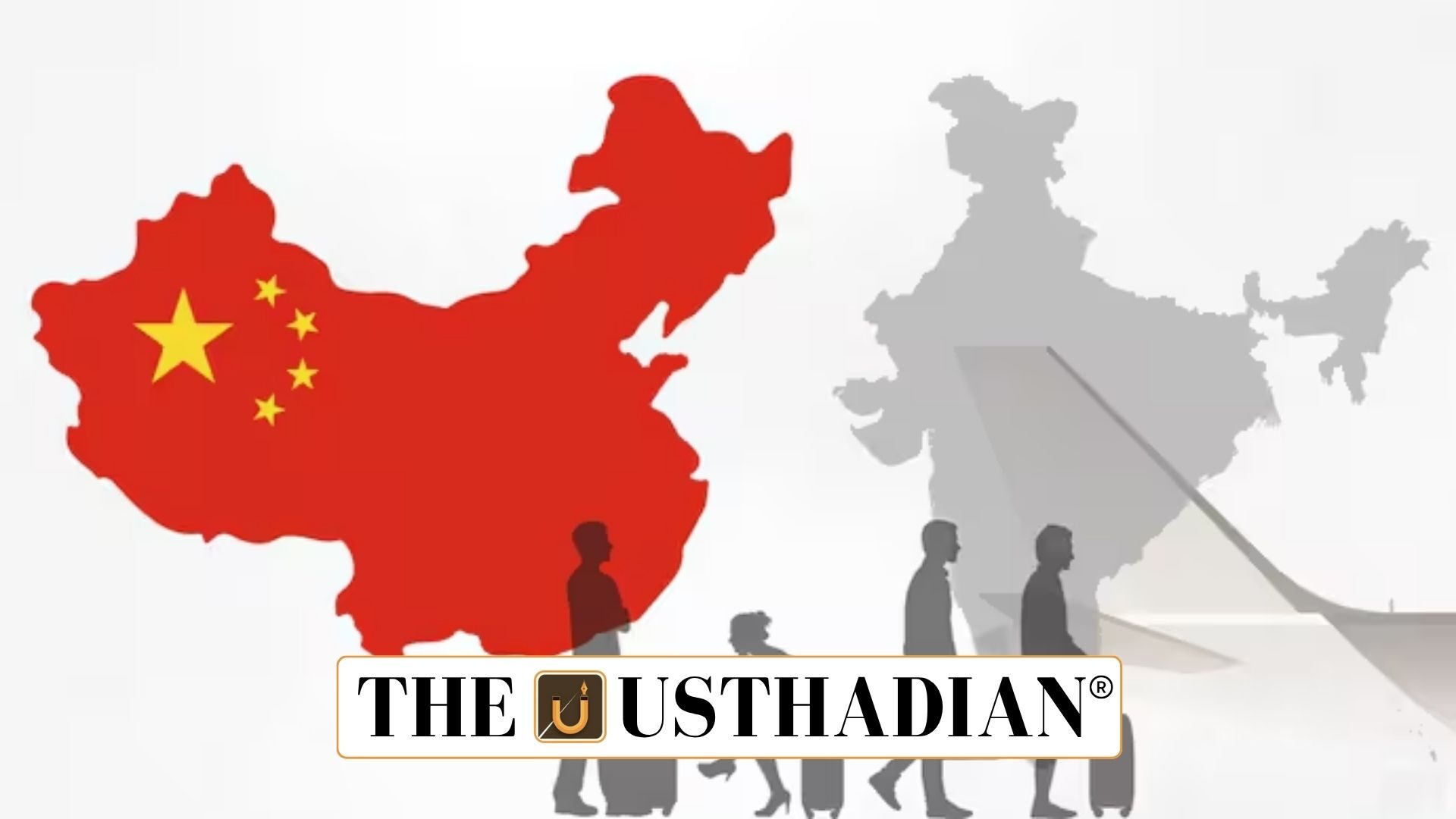Tourist visas reopened for Chinese nationals
India Allows Chinese Tourists After Long Hiatus: After nearly five years, India has resumed issuing tourist visas to Chinese citizens. The decision, announced on July 24, 2025, marks a major change in India’s international travel policy.
Tourist visa services were halted in 2020, coinciding with the onset of the COVID-19 pandemic and the Galwan Valley clash between Indian and Chinese forces. The fresh move allows Chinese visitors to apply online and complete formalities at Indian Visa Centers in Beijing, Shanghai, and Guangzhou.
Rebuilding cultural diplomacy through tourism
The timing of this step aligns with the return of the Kailash Mansarovar Yatra, a religious journey revered by Hindus and Buddhists, which resumed on June 30, 2025. This adds a layer of religious and cultural symbolism to the policy shift.
Static GK fact: The Mount Kailash and Mansarovar Lake region, situated in Tibet, are considered sacred by followers of Hinduism, Buddhism, Jainism, and Bon traditions.
India’s intent appears focused on using tourism as a diplomatic bridge, enabling soft engagement while keeping political boundaries intact.
Restoring pre-pandemic people exchanges
Before the pandemic, India and China saw frequent tourism and academic exchange. Chinese tourists were regular visitors to India’s Buddhist heritage sites, helping boost regional economies and build mutual understanding.
Static GK Tip: Nalanda University, located in Bihar, was once a leading center of Buddhist learning and is a UNESCO World Heritage Site.
Reinstating tourist access is part of India’s larger objective to reconnect cultural and historical ties that were temporarily disrupted.
Strategic economic and image benefits
China is one of the world’s largest sources of outbound tourists, and its travelers are known for substantial spending in destination countries. India is now positioning itself to benefit from this economic opportunity by improving its image as a secure and open travel destination.
Sectors like hospitality, transport, and retail are expected to gain, particularly in cities and religious circuits frequented by foreign visitors.
Diplomatic meaning behind the move
Although major political tensions remain between India and China, especially concerning border disputes, the resumption of tourist visas signals a controlled diplomatic thaw.
It reflects a willingness to encourage non-political forms of cooperation while carefully monitoring broader strategic concerns.
This shift may inspire future initiatives focused on mutual trust, public diplomacy, and international image building.
Static Usthadian Current Affairs Table
India Allows Chinese Tourists After Long Hiatus:
| Topic | Detail |
| Visa Ban Imposed | 2020 |
| Reason for Ban | COVID-19 and Galwan conflict |
| Visa Services Restarted | July 24, 2025 |
| Visa Submission Cities | Beijing, Shanghai, Guangzhou |
| Related Spiritual Event | Kailash Mansarovar Yatra |
| Yatra Reopened On | June 30, 2025 |
| Sacred Sites Visited by Chinese Pilgrims | Bodh Gaya, Sarnath, Nalanda |
| Economic Impact Area | Tourism, Retail, Transport |
| Key Focus | Cultural diplomacy |
| Long-Term Goal | Bilateral confidence-building |








